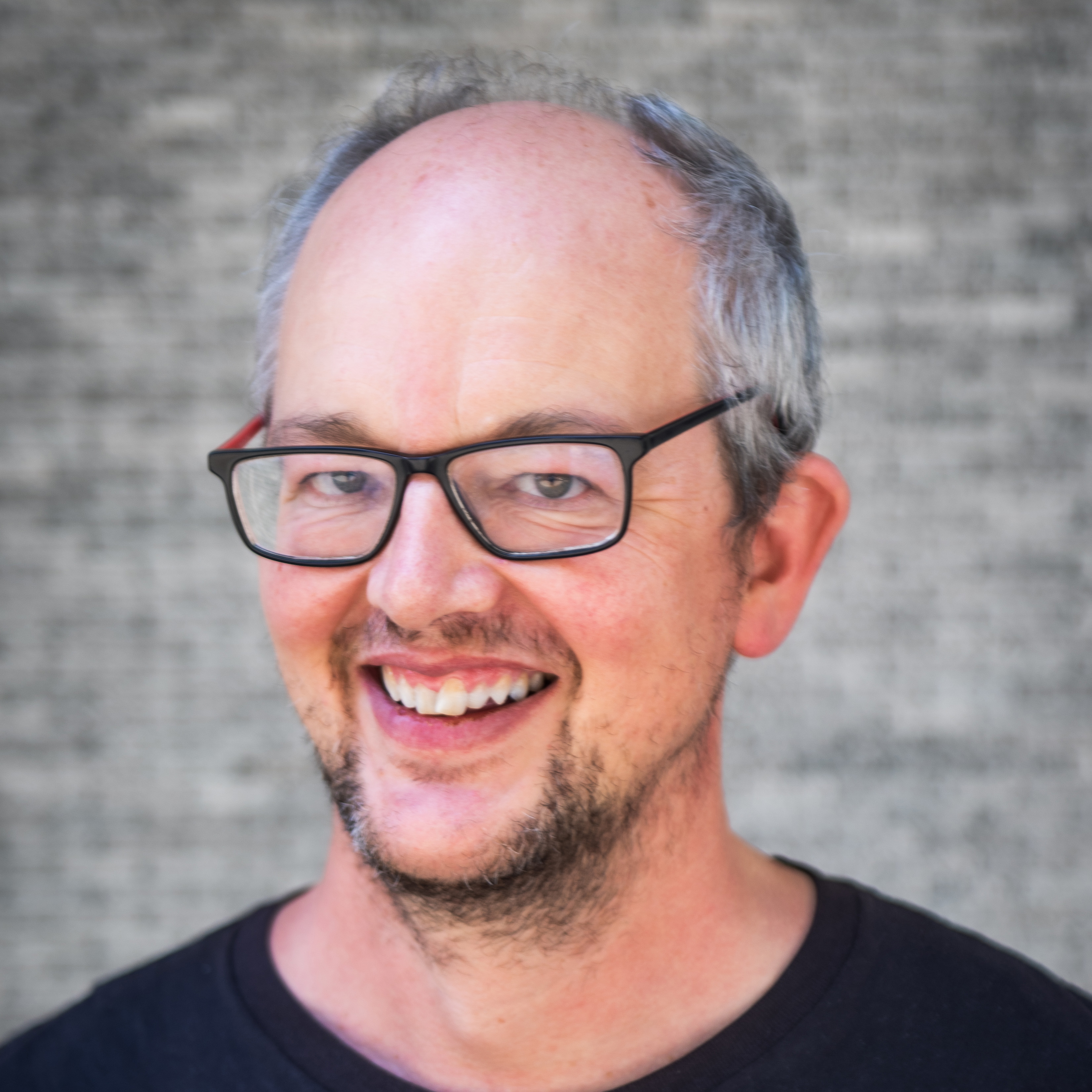Analysis: Vuelta's easier first week could heavily influence overall race
Route is as mountainous as previous editions, but fireworks are weighted toward the final third
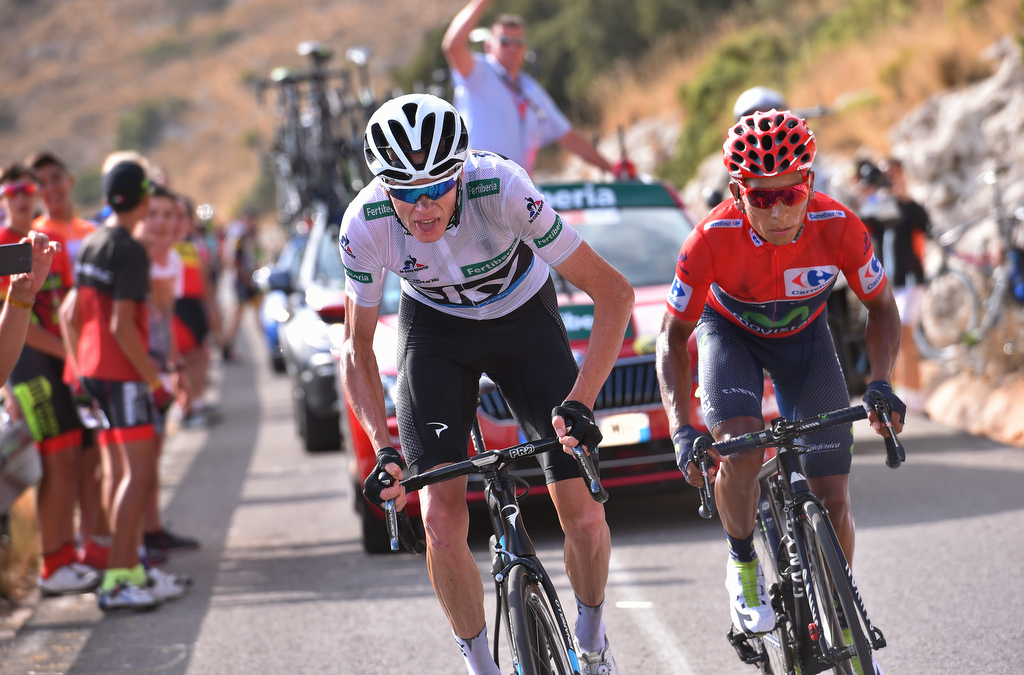

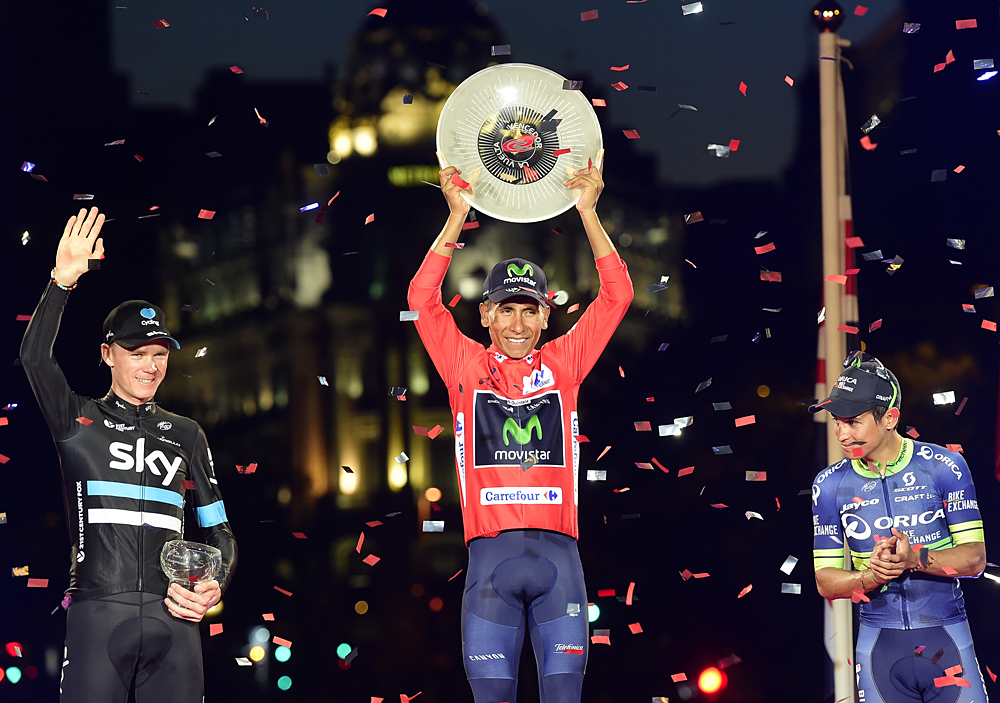
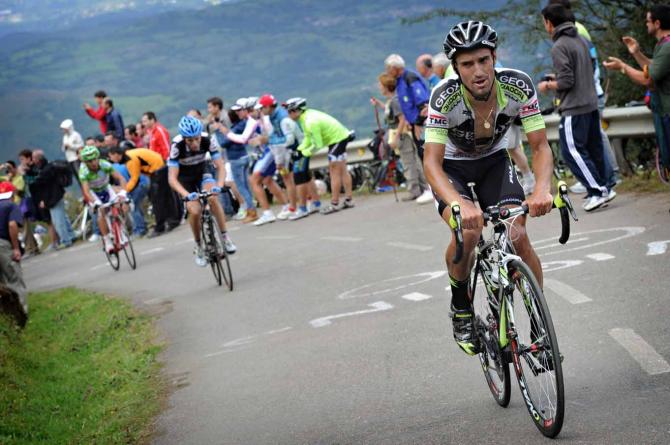
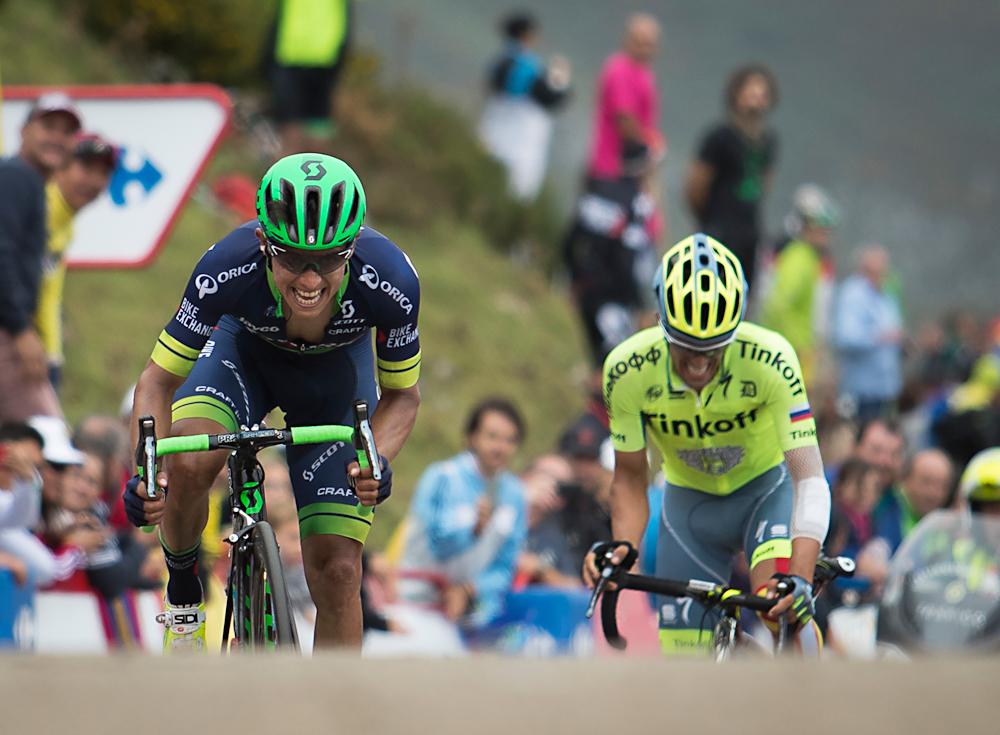
At first glance, the presence of monster summit finishes like the Calar Alto, Sierra Nevada, Machucos and the Angliru in the 2017 Vuelta a España makes the route seem very similar to 2016. What the Vuelta organisation like to call their "trademark" format of multiple mountain-top finishes peppering the route is back again with a vengeance, right?
2017 Vuelta a Espana: Triple summit finishes to pepper second week
Vuelta a Espana 2017 set to introduce more high-mountain summit finishes
2017 Vuelta a Espana overall map
Orica-Scott have few reservations on 2017 Vuelta a Espana route
Valverde on 2017 Vuelta a Espana route: 'It's a climber's course, no doubts about that'
Not exactly, for all there's only one less summit finish than in 2016 - nine in 2017 as opposed to 10 last September and we've got three summit finishes distributed equally between the first, second and third week. As Vuelta boss Javier Guillén recognised during Thursday evening's Vuelta presentation, the number of shorter, punchy uphill finishes in 2017 - think of the Mirador de Ezaro last year, or Chris Froome's favourite ascent of Peña Cabarga or Mas de la Costa's 'welcome to hell' greeting daubed in graffiti at the foot of the lungburstingly hard climb - is actually lower.
Yet there's no denying 2017's route has a different flavour to 2016, for all Guillen was adamant that the hideously steep new ascent of Los Machucos in the third week "would more than compensate [for the lack of punchy climbs]. It's like we've put all those shorter tough finishes all together in one single climb."
Maybe. In fact, one frequent comment in the Vuelta presentation in Madrid late on Thursday evening was that the first week is, on balance, not quite as tough as in 2016, and that slight reduction in difficulty could ultimately make a big difference.
Yes, stage 3 to Andorra represents a significant incursion into the Pyrenees. There are three brutally steep summit finishes in the Vuelta's long first week, too, to Alcossebre on stage 5, Cumbres del Sol on stage 8 and Xorret de Cati on stage 9. And stage 10, straight after the first rest day, features a climb over the first category Collado Bermejo, a favourite launching pad for Marco Pantani back in the 1990s when he used to turn up and pan the field in the Vuelta a Murcia.
But the Andorra stage is nothing like the 'hardest Grand Tour stage ever' that the Vuelta's last trip to Andorra in 2015 was touted to be. There is ample time on stage 10 after the descent from the Collado Bermejo before the finish in El Pozo Alimentación for the bunch to regroup. (The Vuelta's presentation book even has the nerve to summarize the stage as being 'flat'.) And although brutally steep, none of those ultra-hard summit finish climbs in the first week are more than four kilometres long.
Compare that to the week-long stint in Galicia in the first week of the 2016 race, with vertical climbing of around 2,000 metres day after relentless day. By stage 8, the ascent to Camperona, the race had already had its first 'proper', full-length, summit finish, and the GC was well on the way to being decided.
The latest race content, interviews, features, reviews and expert buying guides, direct to your inbox!
First week should be less decisive
It's not too much of a stretch to say then, that the 2017 Vuelta's first week-and-a-bit is far less likely to create a major sort out in the overall than the same segment in 2016. Even the opening team time trial is less than half the 2016 distance and less likely to open up such big gaps that saw, amongst others, Alberto Contador start the race well-distanced from Movistar and Team Sky. Only Andorra could upset the applecart for the GC contenders, yet it probably comes too early for anybody to make a move
The first truly major sort out will likely be the long, grinding ascent over the Velefique and up to Calar Alto on stage 11. But even that ascent is such - exposed, steady and most probably in baking heat - that rather than see a major attack, the main pack will probably be whittled down to half a dozen riders by the summit..
In fact, then, there's every chance that the Vuelta will go as far as the ascent to La Pandera, on stage 14, before we see the top GC contenders truly emerge. The suspense will be maintained, therefore, for far longer than in 2016, although there are plenty of opportunities for some fierce skirmishing beforehand.
This is, perhaps, what gives the Vuelta 2017 its most attractive feature. In 2016 the serious climbing was present at almost all points, to the point where the weaker GC riders were out of contention before they even had a chance to find their legs and turn things round and the rest of the field was too exhausted even to move. (This brought about some serious protests in the third week, with certain riders saying the Vuelta had become way too hard).
As a result, by the time the Vuelta reached its second rest day, the overall classification was too clearly resolved and the third week simply maintained the status quo between Nairo Quintana and Chris Froome. Barring Esteban Chaves toppling Alberto Contador from the podium, very little of significance actually took place.
This time, with a hard time trial opening up the third week, the race is weighted with increasing levels of difficulty towards the final third of the Vuelta, culminating in the Angliru. The Vuelta 2017 remains as mountainous as the previous editions, then, but the decisive fireworks will likely be some time in appearing. That's not such a bad thing at all.
Alasdair Fotheringham has been reporting on cycling since 1991. He has covered every Tour de France since 1992 bar one, as well as numerous other bike races of all shapes and sizes, ranging from the Olympic Games in 2008 to the now sadly defunct Subida a Urkiola hill climb in Spain. As well as working for Cyclingnews, he has also written for The Independent, The Guardian, ProCycling, The Express and Reuters.
